
The urgency to mitigate climate change has pushed many to propose radical alterations to how humans exist on the planet. Some see the rapid abandonment of fossil fuels as essential to climate goals. This opinion certainly is at the core of the Green New Deal proposed by Rep. Alexandria Ocasio-Cortez (D-NY 14th) and Sen. Ed Markey (D-MA) earlier this year – and supported by some Democratic presidential candidates.
In addition to the fact that they would indeed fail to achieve any significant impact on global climate change, such proposals do not adequately take into account the millions of jobs that would be lost in the resulting economic upheaval. It is a lose-lose proposition.
Consider: The Green New Deal requires an end to fossil fuel use and a shift to 100 percent renewables in just 10 years.
Think about what this would mean.
No more natural gas, oil or coal. No cars, trucks, SUVs or farm equipment that run on gasoline or diesel. No diesel-powered trains or ships. No aircraft that use jet fuel. No gasoline motors for fishing or leisure boats. No gas stoves, hot water heaters or furnaces. No products derived from or that use petroleum: asphalt for roads, coke for steel-making, hundreds of pharmaceutical products, kerosene for portable heaters, propane for backyard barbecues or home heating, or hundreds of other products.
When environmental radicals insist on a myopic focus on renewables as the only solution to climate change—ignoring CCUS as the bridge to a cleaner energy future—their only achievement is further delaying any solution.
Imagine the impact on the U.S. economy and society. Closing all coal mines, oil fields and refineries. Shutting down or retooling factories. Scrapping planes, ships, locomotives, and semis and other vehicles running on fossil fuels. And shuttering U.S. power plants fueled by natural gas, coal and oil (currently 63 percent of all power generation).
Such an upheaval would throw millions out of work or push them into retraining for “green” jobs envisioned by the proposal. Those theoretical green jobs likely would not exist in sufficient quantity or offer wages and benefits comparable to what displaced workers were earning.
Using data from the U.S. Bureau of Labor Statistics, we estimate that up to 9.2 million direct and indirect jobs in just 14 energy-intensive industries would be severely at risk under the Green New Deal.
A rational, practical approach is needed
Rather than adopting a reckless knee-jerk policy that destroys U.S. industries and kills jobs, we should seek a rational, practical approach to climate change that embraces a portfolio of solutions. Renewable energy, nuclear energy, reforestation and afforestation, energy-efficient buildings, agricultural modifications, lifestyle changes and carbon capture, use and storage (CCUS) all should be part of that approach.
CCUS technologies have been largely ignored, but they are vital for several reasons. First, they offer the potential to slash carbon emissions in industries dependent on fossil fuels, especially power generation and oil refining. Second, these technologies offer the only way to decarbonize high-emitting industrial processes like cement making and aluminum smelting.
These industries offer some of the best-paid blue-collar jobs in North America, and many communities depend on industry employers for the tax base they provide. CCUS technologies can help ensure that these industries remain viable – with a much lower carbon footprint — until major new technologies, perhaps hydrogen-based energy, become commercially available.
CCUS addresses the real culprit behind climate change: greenhouse gases – not fossil fuels. Fossil fuels are only one of many emission sources.
Moreover, when environmental radicals insist on a myopic focus on renewables as the only solution to climate change—ignoring CCUS as the bridge to a cleaner energy future—their only achievement is further delaying any solution.
CCUS is good for the environment — and jobs and the economy
Widespread adoption of CCUS would be a powerful job creator. Installing carbon capture, use and storage systems is labor intensive and requires hundreds or thousands of skilled trades on each major project. Those are excellent job opportunities not only for those who construct the facilities but also for those who operate and maintain them and for those who manufacture the components.
CCUS projects are also capital intensive. But according to the International Panel on Climate Change (IPCC), meeting climate warming targets without carbon capture would be prohibitively expensive. And renewables cannot do it alone. Despite years of subsidies and favorable policy support, wind and solar accounted for less than 9 percent of utility-scale electricity generation in 2018 according to U.S. Energy Information Administration figures.
The cost of CCUS technologies has already come down as systems are proven, improved and reach commercial scale. Canada is already seeing cost-reduction and increased CO2 capture on one of its coal-fired energy stations where the technology went online in 2014.
Government policies and incentives can expedite industry CCUS investments, as Canada has proven.
In the United States, the federal government has expanded a tax credit known as 45Q that holds great promise. When fully in place, 45Q will provide a $50 tax credit per ton of CO2 captured and stored and $35 per ton for CO2 captured and used (for example, in enhanced oil recovery).
Meanwhile, California has modified its low carbon fuel standard to allow tax credits for CCUS, which can run as high at $200 per ton of carbon captured.
Such policies are critical to promote more rapid deployment of CCUS in the United States.
Bridge to a cleaner energy future
Climate change mitigation becomes more urgent every day. But killing jobs and destroying industries is not the answer.
CCUS technologies can help preserve good jobs and create new ones. And those technologies can do so while reducing carbon emissions from essential industries that ensure our economic health and global competitiveness.
Carbon capture, use and storage can be our bridge to a cleaner energy.
(See www.CleanerFutureCCUS.org for more information on carbon capture, use and storage.)











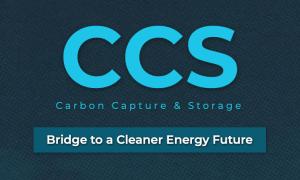
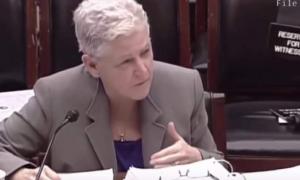
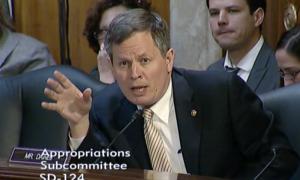

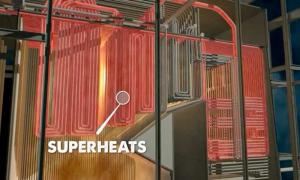
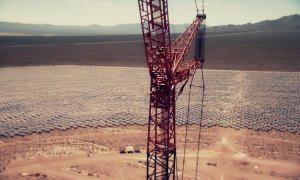
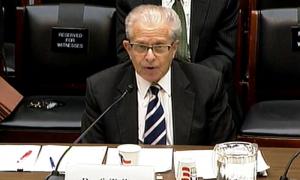
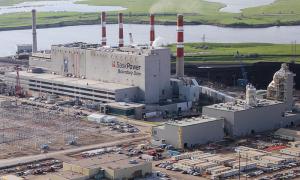
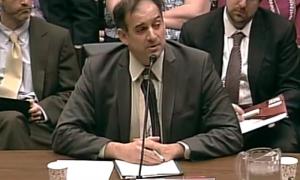
0 Comments